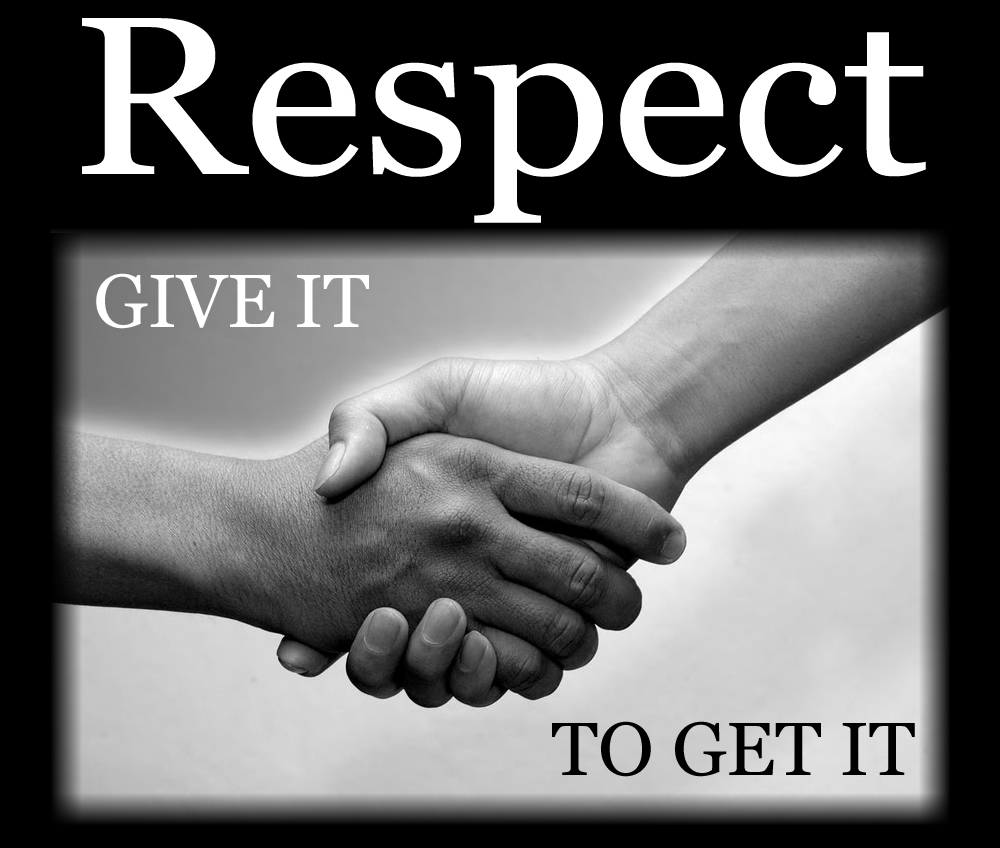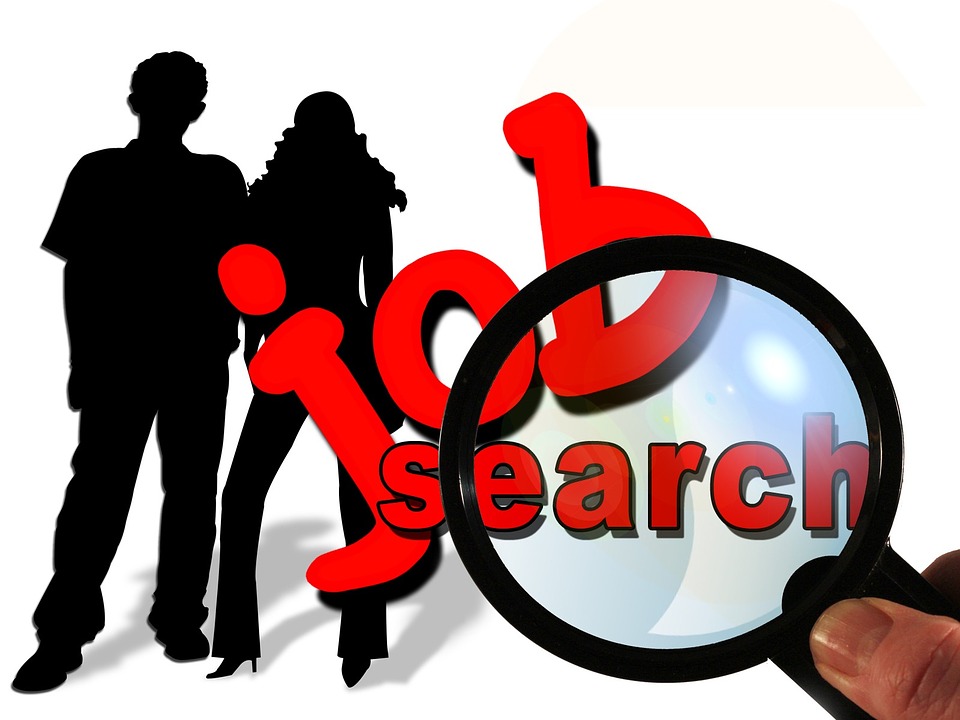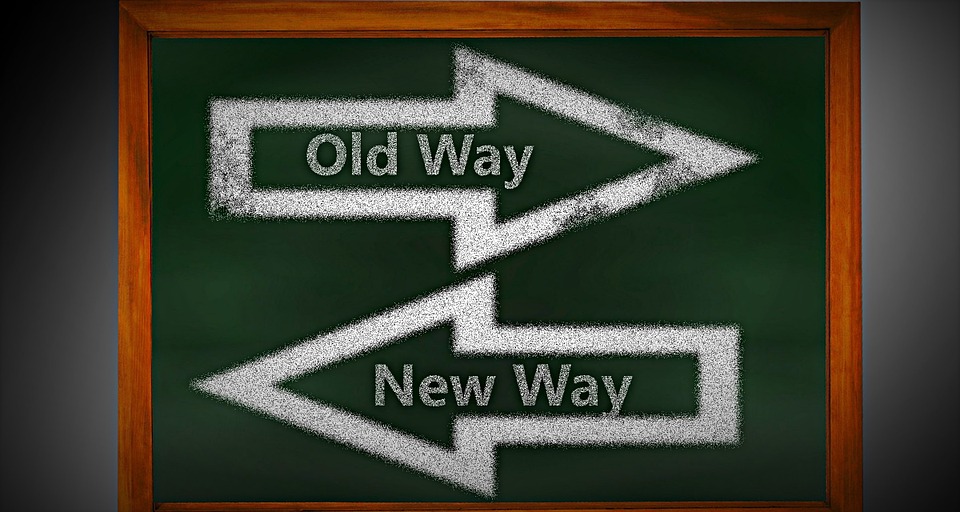As “work from anywhere” becomes a more common practice in our new world of work, many organizations are hiring employees who live in other parts of the U.S., or even outside of the U.S.
Since we have the technology for a remote workforce, it shouldn’t matter where they are, right? Wrong!
Here are some of the items you need to consider:
- Do you need to establish a local business entity? Most states in the U.S. and foreign countries require this.
- What is the job market paying in the location where your employee works? Is it similar or different from your corporate location? Will you pay a differential if the person works remotely?
- What about wage and hour laws or meal and rest breaks in the city, state, or country where the employee works?
- How do you ensure equity in benefits, for example, vacation and holidays? European employees typically receive more vacation than U.S. employees. How do you handle that?
- What other benefits are required by the employee’s location?
- What about leave laws? How are parental, medical, and other types of leaves handled? Canada and many European countries offer up to a year of paid time off for certain leaves.
- What are the local requirements for laying off or firing an employee? Many European countries require lengthy advance notice for a layoff, for example.
If the majority of your employees are in California, where required benefits may be more generous than in other parts of the U.S., do you offer your employees in other states California benefits? Can you afford to? If not, follow the laws where the work is performed and consider taking small steps to reach equity with your California employees.
It’s important to note that if a manager is working elsewhere but manages people in California, the California law requiring that managers receive anti-harassment training every two years applies.
Employment laws vary from state to state and certainly from country to country. To be in compliance, you need to follow the laws related to the state or country where your employees are located. It’s important to work with an employment attorney who is familiar with the legal requirements for recruiting, hiring, terminating, paying, and managing employees in that specific area.














